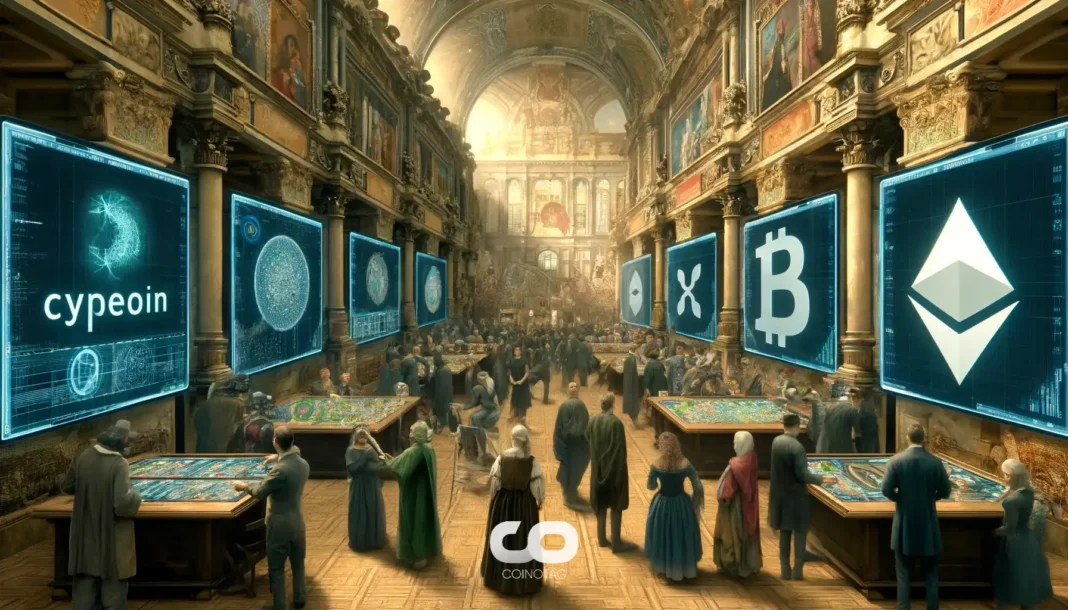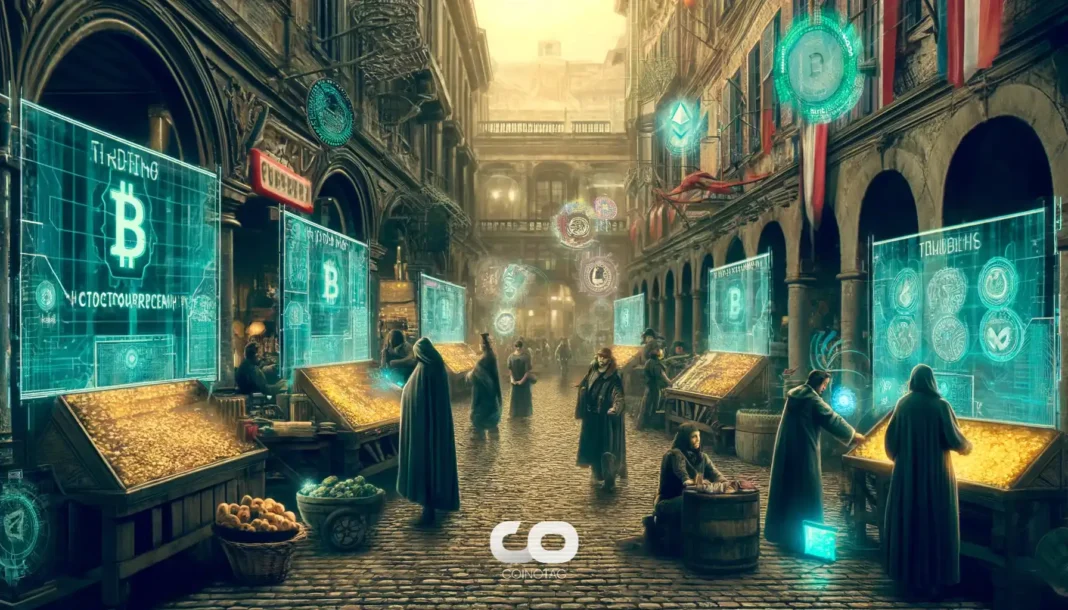-
Upbit, South Korea’s leading cryptocurrency exchange, is set to enhance stablecoin transactions by enabling USDC deposits and withdrawals via the Solana blockchain starting June 20, 02:00 UTC.
-
This integration leverages Solana’s high-speed and low-cost network, offering users faster transaction times and reduced fees compared to traditional Ethereum-based transfers.
-
According to COINOTAG, “Upbit’s adoption of Solana for USDC transfers signals a growing trend among exchanges to diversify blockchain networks to improve user experience and operational efficiency.”
Upbit integrates USDC on Solana network, boosting transaction speed and lowering fees for South Korean crypto users starting June 20, enhancing stablecoin transfer efficiency.
Upbit’s Solana Network Integration: Revolutionizing USDC Transfers
Upbit’s decision to support USD Coin (USDC) transactions on the Solana network marks a strategic move to optimize stablecoin handling for its extensive user base. By adopting Solana, known for its exceptional transaction throughput and minimal fees, Upbit addresses common challenges faced by users on congested networks like Ethereum. This integration is expected to significantly reduce deposit and withdrawal times, making stablecoin transfers more seamless and cost-effective. For traders and investors, this means enhanced liquidity and quicker access to funds, which are critical in volatile markets.
Why Solana and USDC Are a Perfect Match for Upbit Users
USDC, a regulated stablecoin pegged to the US dollar, plays a pivotal role in the crypto ecosystem by providing a stable medium of exchange and store of value. Solana complements USDC’s utility by offering a blockchain infrastructure capable of processing over 50,000 transactions per second with fees often less than a cent. This synergy enables Upbit users to benefit from rapid and affordable stablecoin transfers, which is particularly advantageous for high-frequency traders and those executing cross-platform arbitrage. Additionally, Solana’s growing ecosystem and recent network stability improvements enhance its appeal as a reliable alternative to more congested blockchains.
How Upbit Users Can Utilize Solana-Based USDC Transfers
Starting June 20, Upbit users will find the Solana network option integrated within the exchange’s deposit and withdrawal interfaces. To utilize this feature, users must ensure they are sending USDC tokens on the Solana blockchain (SPL tokens) and provide compatible wallet addresses. It is crucial to verify the selected network on both ends of the transaction to avoid potential loss of funds, as cross-network transfers without proper compatibility can result in irreversible errors. Upbit is expected to offer detailed guidance to assist users in navigating these new options safely and efficiently.
Potential Risks and User Considerations
While Solana offers significant advantages, users should remain aware of its historical network outages and monitor current network status before initiating large transfers. Despite improvements, occasional disruptions can affect transaction processing times. Exercising caution and staying informed through official Upbit communications and Solana network updates will help mitigate risks. This prudent approach ensures users maximize the benefits of faster, cheaper transfers without compromising security or asset integrity.
Broader Market Implications of Upbit’s Solana Integration
Upbit’s move to incorporate Solana for USDC transactions reflects a broader industry trend toward embracing multi-chain solutions to enhance scalability and reduce costs. For Upbit, this integration strengthens its competitive positioning by catering to users demanding efficient stablecoin operations. It also signals growing confidence in Solana’s blockchain as a viable infrastructure for mainstream crypto applications. For the Solana ecosystem, gaining support from a major exchange like Upbit boosts liquidity and user engagement, potentially accelerating decentralized finance (DeFi) and decentralized application (dApp) growth on the network. Meanwhile, USDC’s expanding multi-chain presence reinforces its status as a versatile and widely accepted stablecoin.
Future Outlook: Setting a New Standard for Stablecoin Transfers
Upbit’s adoption of Solana for USDC transfers may encourage other exchanges to follow suit, fostering a more interconnected and efficient crypto market. As blockchain technology evolves, users increasingly prioritize speed, cost-efficiency, and reliability—criteria that Solana meets effectively. This development underscores the importance of flexible network options in enhancing user experience and operational resilience. Market participants should watch for further innovations in multi-chain stablecoin support and the continued maturation of blockchain infrastructures that facilitate seamless asset movement.
Conclusion
Upbit’s integration of USDC deposits and withdrawals via the Solana network represents a significant advancement in stablecoin transaction efficiency for South Korean crypto users. By leveraging Solana’s speed and low fees, Upbit enhances its service offering, providing tangible benefits such as faster processing times and reduced costs. While users must exercise due diligence regarding network compatibility and status, this move highlights the evolving landscape of crypto exchanges adapting to diverse blockchain ecosystems. Ultimately, Upbit’s initiative contributes to broader adoption of scalable, cost-effective solutions, setting a positive precedent for the future of stablecoin transfers.





